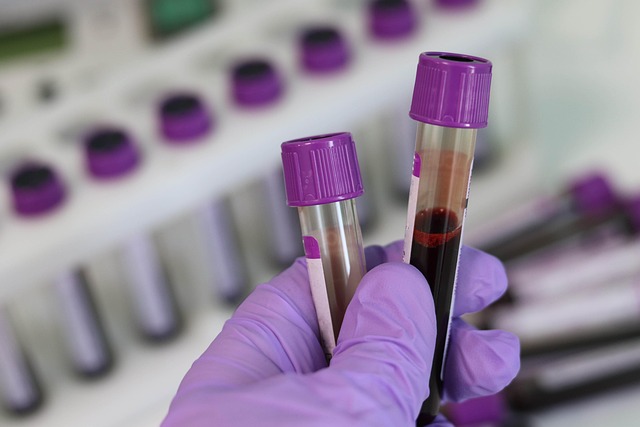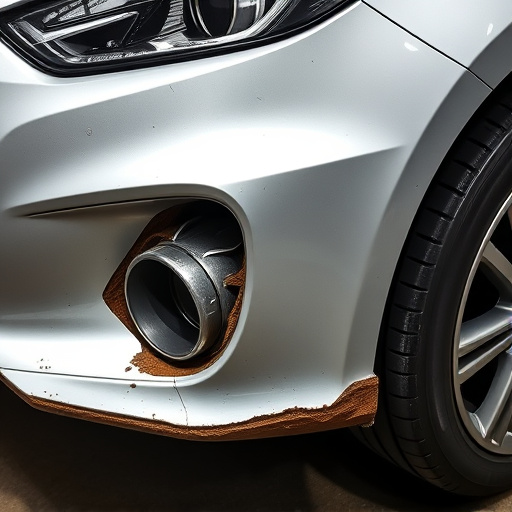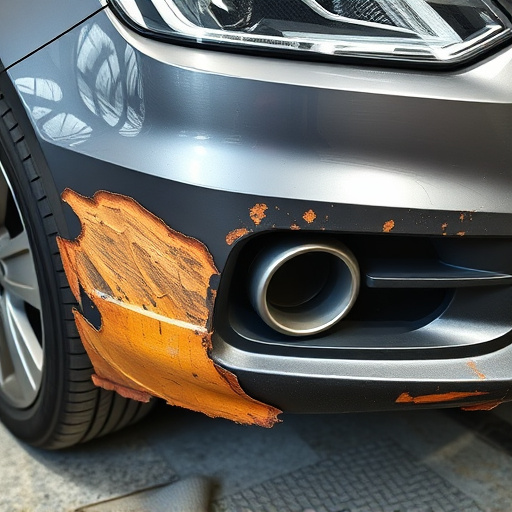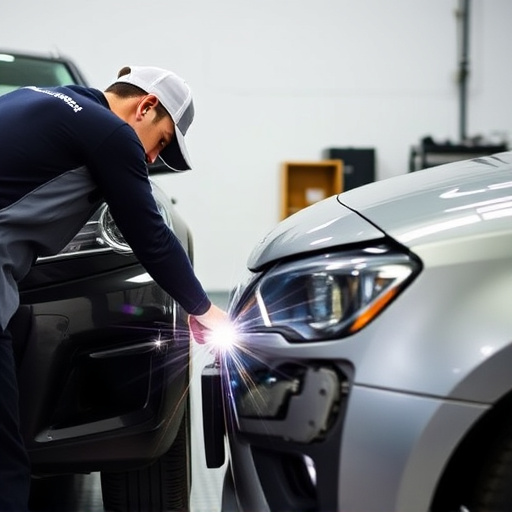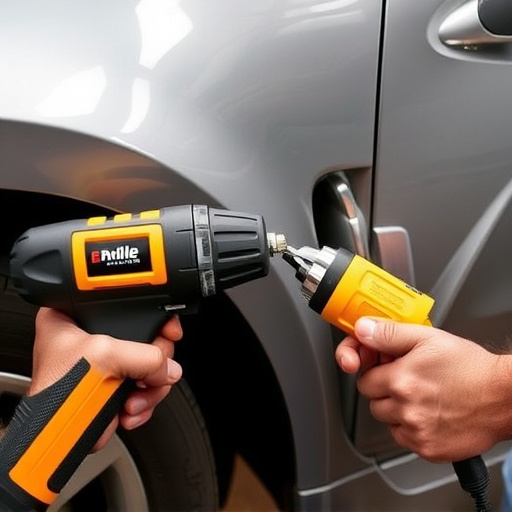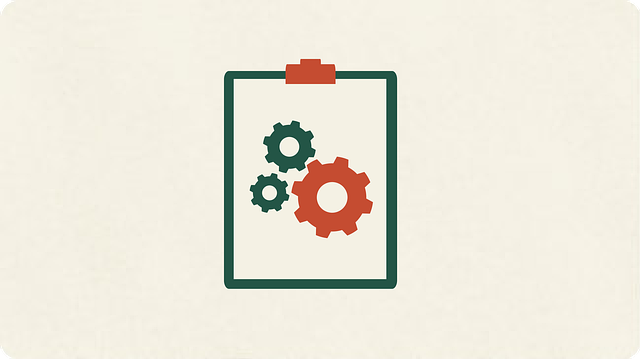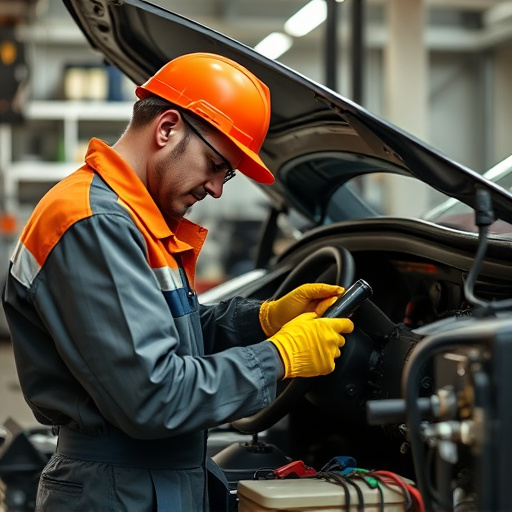The PDR (Paintless Dent Repair) certification is a key skill for automotive body shops, having evolved from a novel innovation to a sophisticated craft. It's in high demand due to its efficiency and cost-effectiveness, making it a strategic career move for auto repair technicians. While the base certification remains essential, professionals are increasingly focusing on specialized frame straightening training to keep up with modern vehicle complexities and industry trends.
Is PDR certification still relevant in today’s ever-evolving automotive industry? This article delves into the value of obtaining a PDR (Paintless Dent Repair) certification, exploring its history and recent developments. We’ll discuss the advantages of this skill, including increased job opportunities and enhanced technical expertise. Additionally, we’ll examine alternative training routes and emerging trends in the field, providing a comprehensive guide for those considering their career path in PDR.
- Understanding PDR Certification and its Evolution
- Benefits of Earning PDR Certification
- Exploring Alternative Paths and Current Trends
Understanding PDR Certification and its Evolution

The PDR (Paintless Dent Repair) certification has become a cornerstone for professionals in the automotive industry, especially those specializing in vehicle body shop and car body restoration. Over the years, this certification has evolved to meet the changing demands of modern vehicle restoration techniques. Initially, PDR was seen as a game-changer, enabling technicians to offer quick, efficient, and virtually invisible repairs without the need for traditional painting methods. This innovation revolutionized the way minor dents and scratches were addressed, both in terms of cost and time savings.
As the industry continued to advance, so did the standards and techniques associated with PDR certification. Today, it’s not just about mastering the art of removing dents; it involves a comprehensive understanding of various tools, materials, and methods used in vehicle restoration. Technicians are expected to be adept at handling complex damage scenarios, ensuring that every repair matches the original factory finish seamlessly. This evolution has positioned PDR as an indispensable skill for any aspiring professional in the automotive detailing or body shop space.
Benefits of Earning PDR Certification

Earning a PDR (Paintless Dent Repair) certification can be a valuable asset for any professional in the automotive industry, especially those working in auto repair shops or car body shops. It signifies expertise in a specialized skill that is increasingly demanded by both vehicle owners and businesses due to its efficiency and cost-effectiveness. The PDR process allows technicians to remove dents, dings, and creases from vehicle bodies without traditional paint removal and repainting, which can save time and money for all parties involved.
This certification not only enhances your credibility as an automotive repair specialist but also opens up new opportunities in the market. Many car body shops are seeking trained professionals who can offer PDR services, as it reduces overall restoration costs and allows them to provide a broader range of high-quality repairs. With the continuous evolution of techniques and technologies in the automotive repair sector, staying certified ensures you stay ahead of the curve, providing top-notch services that meet modern standards.
Exploring Alternative Paths and Current Trends

In today’s dynamic automotive industry, exploring alternative paths to enhancing skills and staying relevant is paramount. While PDR certification has long been a cornerstone for professionals in car bodywork and vehicle collision repair, the landscape is evolving. Many are turning their attention towards specialized training in frame straightening, a crucial aspect of advanced vehicle collision repair. This shift reflects the increasing complexity of modern vehicles, where precision frame straightening techniques are essential to ensure safety and structural integrity after a crash.
Consequently, individuals seeking careers in this field must consider diverse options beyond traditional PDR certification. Staying abreast of current trends and emerging technologies is key to navigating this ever-changing environment. By diversifying their skill sets and focusing on areas like frame straightening, professionals can position themselves as versatile experts capable of addressing a broader spectrum of vehicle damage, thereby securing more opportunities in the competitive automotive repair sector.
In a dynamic industry where continuous learning is key, the question of whether PDR certification remains valuable is relevant. This article has explored the evolution of PDR certification, its benefits, and alternative paths. While traditional certifications like PDR still hold merit, emerging trends suggest that specialized skills, ongoing education, and adaptability are increasingly important. Therefore, professionals should consider a balanced approach—combining PDR certification with continuous learning and staying abreast of industry developments—to maximize their career prospects in the ever-changing world of digital marketing.

